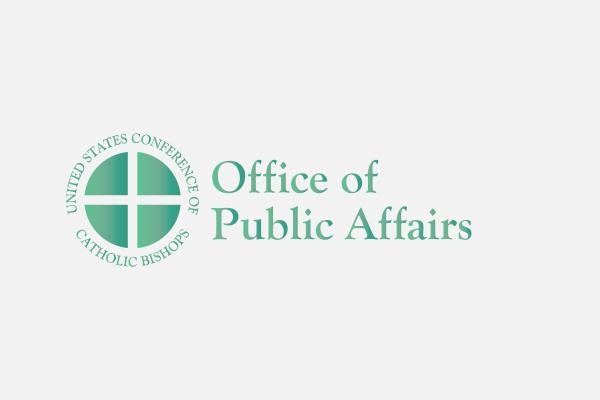John Jay College Reports No Single Cause, Predictor of Clergy Abuse
WASHINGTON—A landmark study by researchers at John Jay College of Criminal Justice of the City University of New York, which examined the causes and context of the clergy sexual abuse crisis in the U.S. Catholic Church, concluded that there was no single cause or predictor of sexual abuse by Catholi
WASHINGTON—A landmark study by researchers at John Jay College of Criminal Justice of the City University of New York, which examined the causes and context of the clergy sexual abuse crisis in the U.S. Catholic Church, concluded that there was no single cause or predictor of sexual abuse by Catholic clergy. The report added that that situational factors and opportunity to abuse played a significant role in the onset and continuation of abusive acts.
“The bulk of cases occurred decades ago,” said Karen Terry, PhD., John Jay’s principal investigator for the report. “The increased frequency of abuse in the 1960s and 1970s was consistent with the patterns of increased deviance of society during that time.” She also stated that “social influences intersected with vulnerabilities of individual priests whose preparation for a life of celibacy was inadequate at that time.” Terry also said that neither celibacy nor homosexuality were causes of the abuse, and that priest candidates who would later abuse could not be distinguished by psychological test data, developmental and sexual history data, intelligence data, or experience in priesthood. The development of human formation components of seminary preparation for priesthood is associated with the continued low levels of child sexual abuse by Catholic priests in the United States, she said.
The Causes and Context of Sexual Abuse of Minors by Catholic Priests in the United States, 1950-2010 report by a John Jay College research team was made public May 18 in Washington. Terry presented the report to Diane Knight, CMSW, Chair of the National Review Board, a group of lay Catholics who oversaw the project and to Bishop Blase Cupich of Spokane, Washington, who chairs the U.S. Bishops’ Committee on the Protection of Children and Young People.
The study also found that the initial, mid-1980s response of bishops to allegations of abuse was to concentrate on getting help for the priest-abusers. Despite the development by the mid-1990s of a comprehensive plan for response to victims and the harms of sexual abuse, diocesan implementation was not consistent or thorough at that time. Yet, the decrease in incidence of sexual abuse cases by clergy was more rapid than the overall societal patterns.
Knight, a social worker from Milwaukee, lauded the work of John Jay. “Through its extensive processes of data collection and statistical analyses,” she said, “the researchers found that the crisis of sexual abuse of minors by Catholic priests is an historical problem.”
She added that “researchers also concluded that much of what has been implemented through the Charter is consistent with a model response to the prevention of child abuse. However, this in no way should lull us as a Church into complacency.”
The Charter for the Protection of Children and Young People was adopted by the U.S. bishops in 2002 and has guided their response in dealing with sexual abuse of minors by clergy.
Bishop Cupich found hope in the documented progress that shows that “what we are doing works” in addressing child sexual abuse. He said that the inability to predict individual sexual deviance “makes the safe environments programs valuable and necessary.” He added that “the Catholic Church has taken a position of zero tolerance of any cleric who would sexually abuse a child.”
“Such a position protects children,” he said. “But it also protects the tens of thousands of priests who have suffered greatly in this crisis, all the while quietly serving with honor and self-sacrifice every day of their lives.”
The way forward for the bishops must be marked by humility and partnerships with others, Bishop Cupich said. “The shame of failing our people will remain with us for a long time. It should. Its sting can keep us resolute in our commitments and humble so as to never forget the insight we came to nearly a decade ago in Dallas. We cannot do any of this on our own.”
The report can be found at https://www.usccb.org/sites/default/files/issues-and-action/child-and-youth-protection/upload/The-Causes-and-Context-of-Sexual-Abuse-of-Minors-by-Catholic-Priests-in-the-United-States-1950-2010.pdf
Established in 1964, John Jay College of Criminal Justice of The City University of New York is an international leader in educating for justice. It offers a rich liberal arts and professional studies curriculum to upwards of 14,000 undergraduate and graduate students from more than 135 nations. In teaching and research, the College approaches justice as an applied art in service to society and as an ongoing conversation about fundamental human desires for fairness, equality and the rule of law.
---
Keywords: Catholic Bishops, clergy sexual abuse, John Jay College, Karen Terry, Bishop Blase Cupich, Diane Knight, National Review Board, U.S. bishops, United States Conference of Catholic bishops
# # # # #

